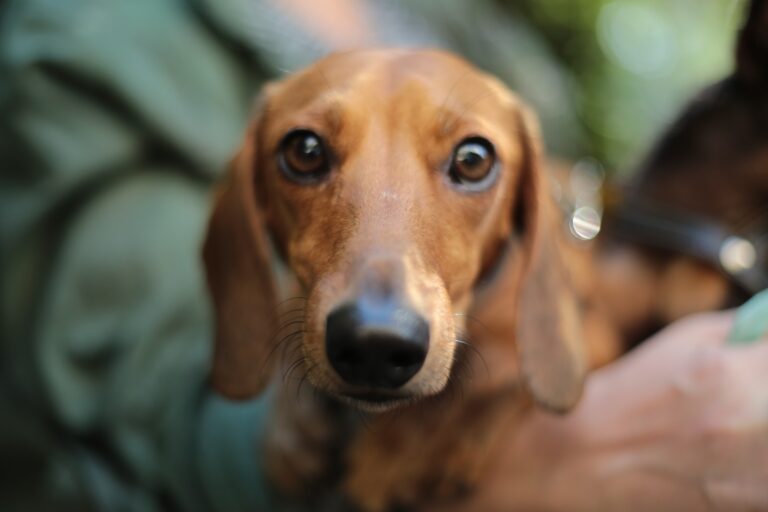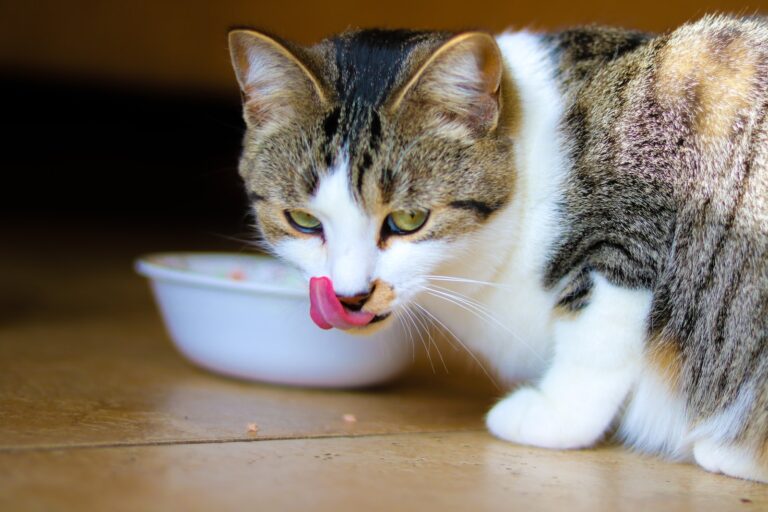The Psychological Impact of Fall on Canine Companions: Insights for Pet Owners
As the vibrant hues of summer fade into the warm earthy tones of fall, a palpable shift occurs in both the environment and human behavior. Fall, with its festivals, harvests, and the anticipation of winter, brings about profound changes in nature and the human psyche. Psychologists have long observed the diverse emotional responses of individuals to this seasonal transition. Some revel in the crisp air and changing scenery, while others grapple with melancholic feelings as the days grow shorter. But what about our faithful canine companions? Do they too perceive the subtle shifts that accompany fall? Could the change in seasons impact them in ways we might not readily discern? In this article, we explore the potential psychological effects of fall on dogs and shed light on how pet owners can best support their furry friends during this seasonal transition.
Seasonal Sensitivity in Dogs
Dogs, although not equipped with the same level of cognitive comprehension as humans, possess an uncanny ability to sense and respond to shifts in their surroundings. Their keen sensitivity to environmental cues enables them to discern subtle variations in their surroundings, particularly during the transition of seasons. The changing patterns of daylight and fluctuations in temperature act as powerful triggers for these perceptive creatures. This heightened awareness has a direct impact on a dog’s daily routine and behavior. Some dogs may demonstrate a noticeable uptick in restlessness, their energy levels surging as if in response to the evolving environment. Conversely, others may display a tendency towards lethargy, a sign of their bodies adjusting to the approaching seasonal shift. These behavioral shifts are not mere coincidences, but rather, direct responses to the natural rhythms of the world around them.
For pet owners, being attuned to these nuanced changes is crucial for ensuring the well-being and comfort of their beloved canine companions. Recognizing the signs of restlessness or lethargy allows owners to respond with tailored adjustments to their pets’ routines and activities. This may involve providing additional opportunities for exercise and mental stimulation, adapting feeding schedules, or even creating cozy spaces for relaxation. By proactively acknowledging and accommodating these shifts, pet owners can help their dogs navigate the changing seasons with ease and contentment. This level of attentive care further strengthens the bond between human and canine, reinforcing the mutual trust and understanding that forms the cornerstone of this special relationship.
Fall and Canine Coat Care
As autumn unfolds, one of the most discernible effects it has on our canine companions lies in their coats. It is a time when many dog breeds undergo a shedding process, a natural and adaptive response to the impending arrival of cooler months. This shedding phenomenon is intricately tied to the diminishing daylight and the gradual drop in temperatures. These environmental cues serve as triggers, prompting hormonal shifts within a dog’s body. Understanding this seasonal shedding process is crucial for pet owners, as it enables them to anticipate and address the increased hair loss that often accompanies fall. Proactivity is key, and regular brushing and grooming sessions become invaluable tools in managing a pet’s coat during this period of transition. By dedicating time to this essential care routine, pet owners not only help minimize the impact of shedding on their homes but also contribute to their pet’s comfort and well-being. In doing so, they foster a harmonious living environment that accommodates the natural rhythms of the changing seasons, ensuring their canine companion thrives throughout the autumnal transition.
Strength in Fur: Fall’s Influence on Canine Physiology
Influence of fall on a dog’s fur is a subject of scientific intrigue. As temperatures begin to drop, a fascinating physiological response takes place within a dog’s body. This response is an evolutionary adaptation honed over millennia, finely attuned to the changing environmental conditions. Cooler temperatures serve as a pivotal trigger for a dog’s body to undergo a process known as “seasonal fur cycling.” This intricate biological mechanism involves a dynamic interplay of hormonal signals that prompt alterations in the growth and density of a dog’s coat. The reduced exposure to daylight hours acts as a primary driver, signaling to the dog’s body that it’s time to prepare for the cooler months ahead.

In response to these environmental cues, a dog’s hair follicles enter a phase of enhanced growth and development. This leads to the production of a thicker, more robust coat, characterized by an increased density of fur fibers. This seasonal adaptation serves a vital purpose – it provides an additional layer of insulation, effectively bolstering the dog’s natural defenses against the encroaching chill of fall and winter. This phenomenon stands as a testament to the marvels of natural adaptation and underscores the remarkable ways in which animals, including our canine companions, have evolved to thrive in diverse environments. It is a finely-tuned response, a product of countless generations of selective pressures, and a testament to the resilience and adaptability inherent in the animal kingdom
Behavioral Shifts: Navigating the Fall Season with Fido
As autumn deepens its embrace, astute pet owners may observe shifts in their canine companions’ behavior. This transformation is a complex interplay of factors influenced by the evolving season. Altered routines, brought about by the changing rhythms of daily life, play a significant role. The diminishing daylight hours subtly alter the dog’s perception of time, potentially leading to adjustments in their habits and activities. Moreover, the impending arrival of winter imparts a unique anticipation, further influencing their demeanor. Recognizing and responding to these shifts is paramount in ensuring a dog’s well-being during this transitional period. One cornerstone of support lies in maintaining a consistent and reassuring routine. Establishing regular feeding times, exercise regimens, and rest schedules provides a stable framework that anchors a dog amidst the flux of seasonal change. This sense of predictability fosters a reassuring environment, promoting a sense of security and comfort.
In addition to routine, mental and physical stimulation emerge as critical elements in nurturing a dog’s well-being through the autumnal shift. Engaging activities that challenge their cognitive capacities, such as puzzle toys or interactive games, not only provide mental exercise but also stave off boredom. This mental engagement is crucial in preventing restlessness or behavioral issues that may arise as a result of the seasonal transition. Physical exercise remains a cornerstone of canine care, offering numerous benefits. It helps expend excess energy, reducing the likelihood of restlessness or anxiety. Moreover, regular exercise supports cardiovascular health and muscle tone, contributing to a dog’s overall vitality. With the changing scenery and cooler temperatures, fall provides an inviting backdrop for outdoor exploration. Leash up and venture out together, allowing your canine companion to revel in the sensory delights of the season. By recognizing and responding to the subtle shifts in their behavior, pet owners can proactively provide the support and enrichment necessary for their dogs to thrive during this transitional period. Consistency, mental stimulation, and ample opportunities for exercise and exploration together form a holistic approach to ensuring a dog’s well-being through the dynamic phases of fall. This level of attentive care not only fosters a contented and balanced canine companion but also strengthens the enduring bond between human and dog.
Conclusion: Nurturing Your Canine Companion through Fall
As fall unfolds, it is important for pet owners to recognize and respond to the subtle ways in which this seasonal transition may affect their canine companions. By understanding the potential psychological and physiological impacts of fall on dogs, owners can adapt their care routines to best support their furry friends. Through regular grooming, a consistent routine, and an abundance of love and attention, dogs can navigate the changing seasons with comfort and contentment, ultimately strengthening the bond between human and canine.






